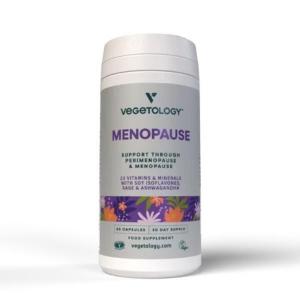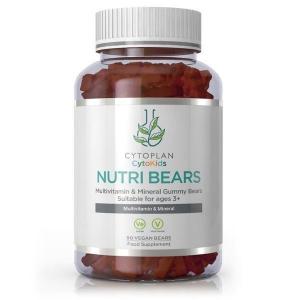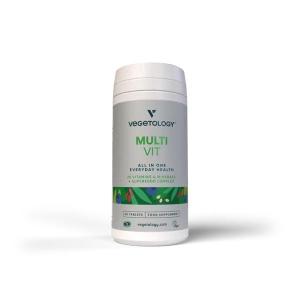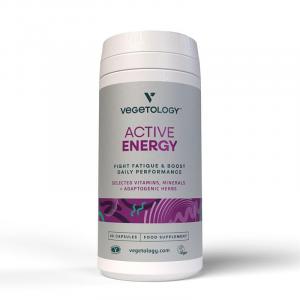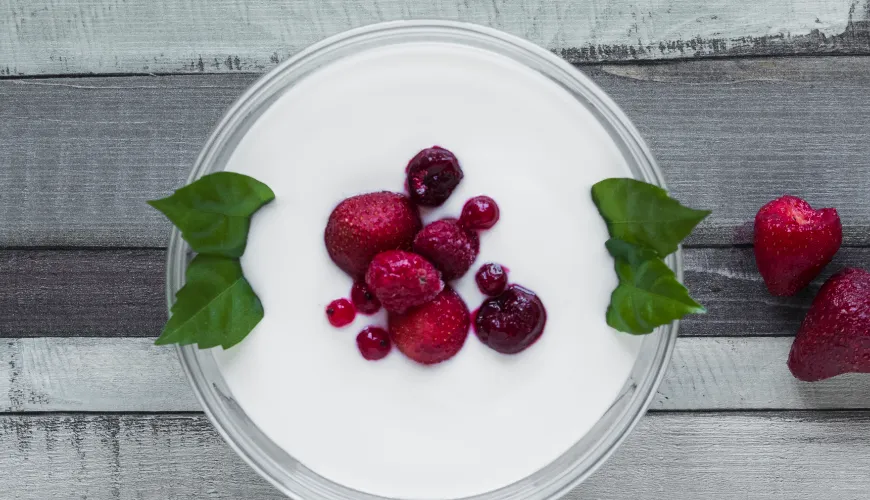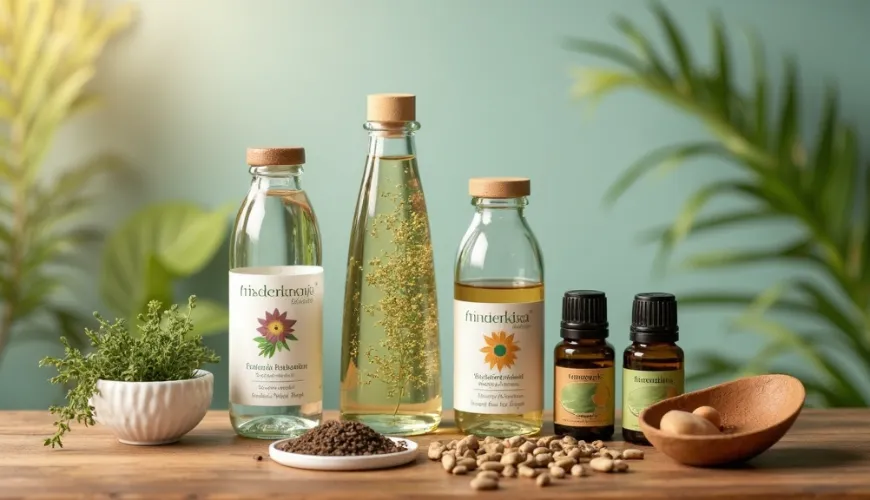
How to Make a Healthy Salad Dressing That Will Excite and Refresh You
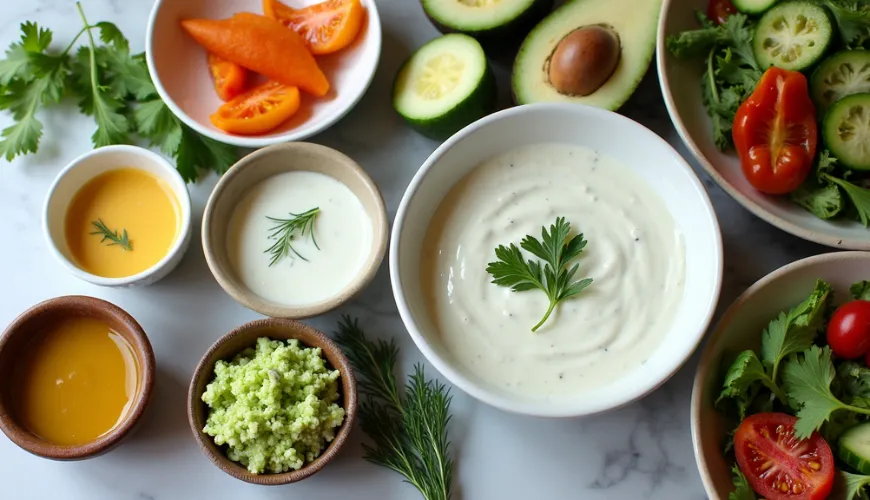
When a Healthy Dressing Turns an Ordinary Salad into a Gourmet Experience
Salads are not just a summer affair or an emergency solution for days when there’s no time to cook. Nowadays, they are becoming a full-fledged meal—nutritious, tasty, and aesthetically appealing. But what makes a salad truly exceptional? The answer often surprises: the right choice of dressing. A well-prepared healthy dressing can elevate the taste of vegetables, add depth to pasta, and create harmony among the ingredients. And it doesn't have to contain a drop of refined sugar, preservatives, or excessive fat.
In recent years, people are increasingly asking: "How to prepare a healthy salad dressing that is not only tasty but also nutritious?" The answer is a return to basics. Fresh herbs, quality oils, natural sweeteners, and fermented ingredients form the foundation of a modern approach to healthy cooking. Dressing ceases to be just an addition—it becomes the star of the salad bowl.
Dressing as a Reflection of Lifestyle
The way we prepare dressings often mirrors our overall approach to food. Many people don't realize that dressings can hide more calories and unhealthy fats than the salad itself. Classic store-bought options often contain palm oil, glucose syrup, or flavor enhancers. Yet, at home, you can create a light salad dressing in just a few minutes that is not only tasty but genuinely beneficial.
Imagine this scenario: a mother prepares a pasta salad for her two teenage children to take to work. She knows they need enough protein and energy, but she's also trying to limit the intake of empty calories. Instead of mayonnaise, she opts for plain yogurt, adds a tablespoon of olive oil, lemon juice, fresh pepper, and chopped chives. The result is a healthy pasta salad dressing that tastes fresh, doesn't overwhelm the flavor of other ingredients, and is nutritionally balanced.
What Makes a Dressing Healthy?
The foundation is the selection of quality ingredients. Forget about synthetic flavorings or hydrogenated fats. Instead, choose ingredients that are naturally rich in nutrients and beneficial for digestion:
- Extra virgin olive oil – rich in omega-9 fatty acids and antioxidants
- Lemon or lime juice – promotes iron absorption and adds a fresh acidity
- Mustard – naturally thickens and adds a spicy note
- Plain yogurt or kefir – healthy mayonnaise alternatives, bringing probiotic cultures
- Maple syrup or honey – natural sweeteners in small amounts to balance flavors
- Fresh herbs and spices – basil, thyme, coriander, turmeric, or cumin bring aroma and health benefits
Interestingly, the combination of fats and acidic components not only enhances flavor but also improves the absorption of fat-soluble vitamins—specifically vitamins A, D, E, and K, which are often found in leafy greens. So, dressing is not just a matter of taste, but an important nutritional part of the salad.
Try our natural products
Inspiration from Around the World: Healthy Dressings from Different Corners of the Planet
A healthy dressing doesn't have to be boring or monotonous. Just look around the world and get inspired by traditional recipes that can be easily adapted to a healthier version.
For instance, the Greek tzatziki dressing, although traditionally thick, can be made with low-fat Greek yogurt, garlic, grated cucumber, and fresh dill. It goes well not only with cucumber or tomato salads but also as a sauce for roasted vegetables.
From Asia comes the sesame ginger dressing, based on tahini, soy sauce (ideally gluten-free tamari), fresh ginger, and apple cider vinegar. Its nutty flavor is perfect for pasta salads with tofu or grilled vegetables.
Latin America offers chimichurri—a mix of olive oil, garlic, parsley, oregano, and chili. This dressing is not only healthy but also very bold, capable of transforming even ordinary potatoes or lentils with just a small amount.
Homemade Healthy Dressing? Easier Than It Seems
Making a dressing at home is a matter of minutes. All you need are a few basic ingredients and a jar with a lid to shake everything together. The advantage is that you can customize the final taste—some prefer a stronger garlic flavor, others prefer sweeter notes. And that's the beauty of homemade dressings: we can create them to suit our body and taste buds.
Try this simple and refreshing yogurt dressing, which complements both vegetable and pasta salads perfectly. Just mix 150 g of Greek or plant-based plain yogurt with a tablespoon of olive oil, a teaspoon of Dijon mustard, juice from half a lemon, and a finely chopped garlic clove. Season with salt, pepper, and add your favorite herbs—such as dill, chives, or basil—and you're done in no time.
Mix everything and let it sit for at least 15 minutes in the fridge. The result is a creamy, light, and refreshing dressing that can also be used as a dip for vegetable sticks.
Quality Ingredients as the Basis of Healthy Taste
As highlighted by Slow Food International, it's important not only how food tastes but also where it comes from. Using local and seasonal ingredients in dressings ensures not only freshness but also a lower ecological footprint. Instead of exotic citrus fruits, you can use local apple cider vinegar, and instead of imported honey, opt for one from a local beekeeper.
Stores like Ferwer offer a range of sustainable products suitable for making homemade dressings—from eco-friendly oils to organic mustards and fermented products that meet the demands of modern healthy cooking.
A Healthy Dressing is a Journey, Not a Compromise
Choosing a healthier path does not mean compromising on taste. Quite the opposite. Thanks to natural ingredients, fresh herbs, and the right balance of flavors, a healthy dressing can be what transforms a simple salad into a culinary delight.
As the French chef Auguste Escoffier said: "Good cuisine is the foundation of true happiness." And with an honest homemade dressing, you're one step closer to such happiness.
